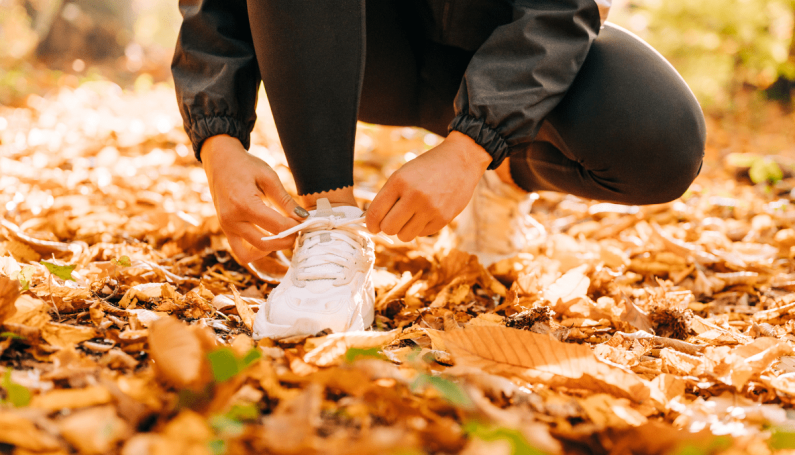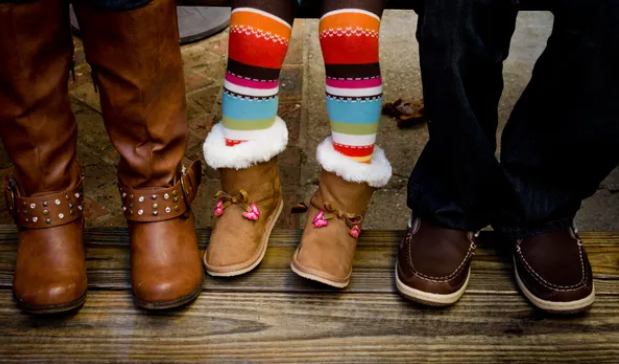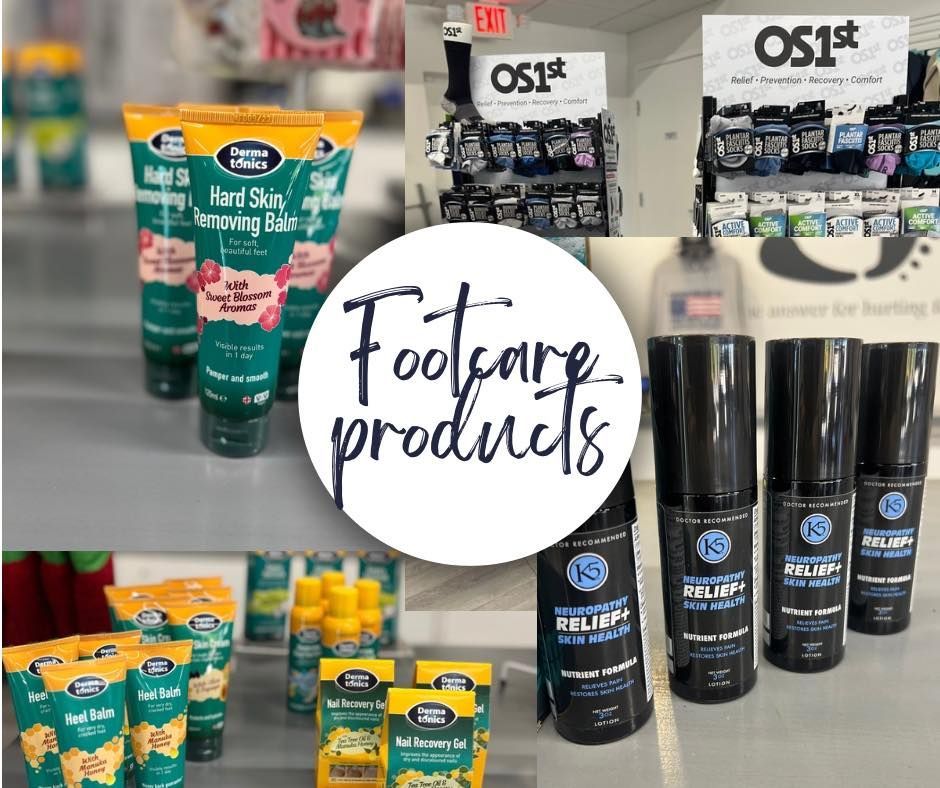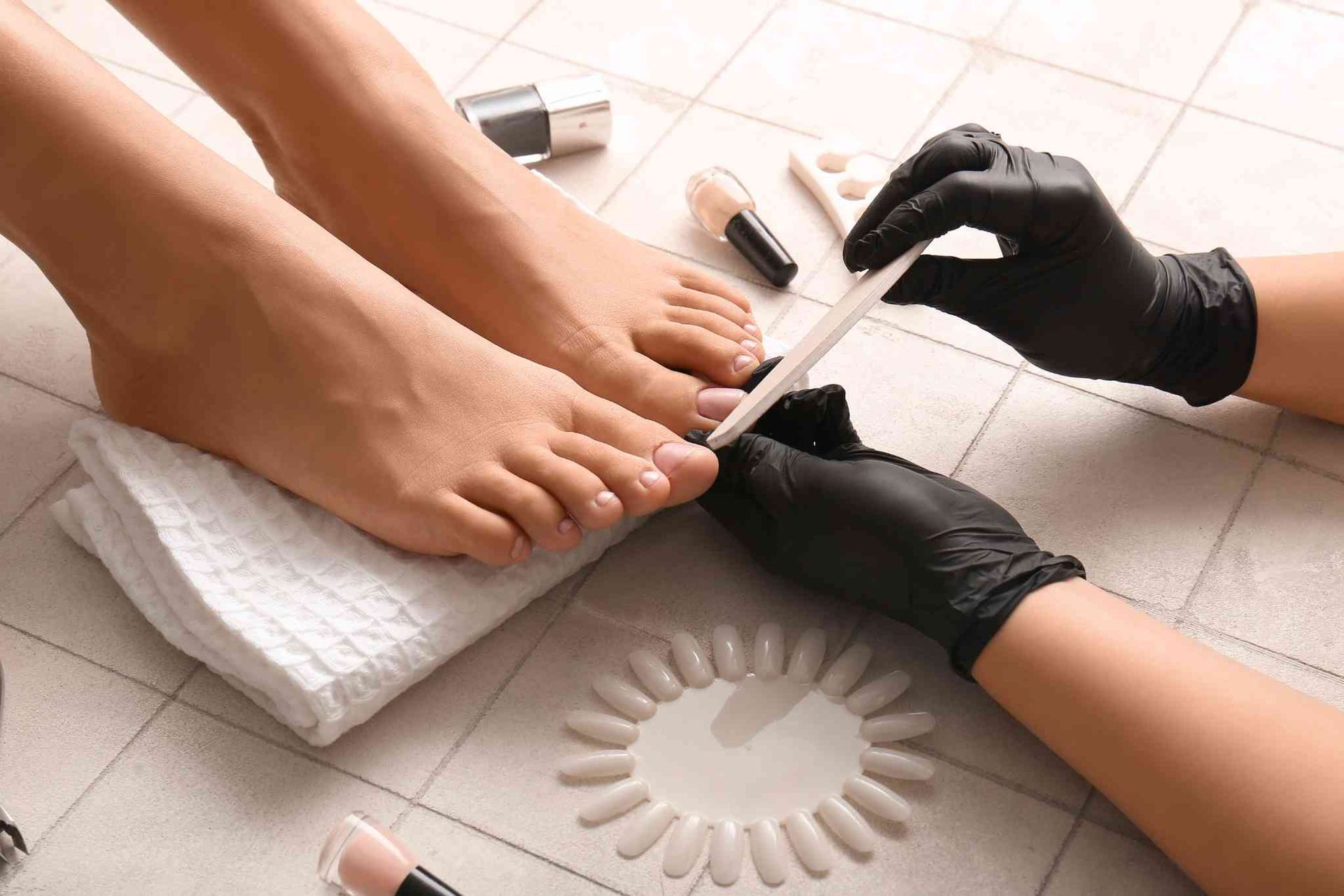Post Title
Water-Repellent vs. Water-Proof Shoes
Stuck in a downpour with shoes that failed the dryness test? Drenched socks are a surefire way to dampen your day. I’m sure you’ve heard of shoes that help keep your feet dry - but what’s the difference between water-repellent shoes and water-proof shoes?
Both water repellent and waterproof shoes are designed to shield your feet from moisture, but each type has unique characteristics suited for specific activities. Water repellent shoes are perfect for daily wear, offering basic protection from light showers and splashes. Conversely, waterproof shoes provide a higher level of defense against extended exposure to intense wet conditions.
The shoe choice that you make depends on the adventures that you intend to take. Let’s explore the two types of shoes to help you decide which one is right for you.
Water-Repellent Shoes:
Footwear labeled as water-repellent is crafted from a fabric that effectively repels and hinders water, ensuring they stay dry in damp conditions. These shoes are ideal for daily wear and various activities. While they can withstand moderate rain, they are not suitable for heavy storms or prolonged water exposure in extreme conditions.
Water-repellent shoes are typically made using synthetic materials like nylon or polyester, coated to prevent liquids from seeping in. This coating not only repels liquid but also shields against dirt, mud, and debris. These shoes use specialized fabric or coatings to separate the foot from external elements. The protective layer usually wears off after a few months, signaling the need to replace the shoes once the repellent properties diminish.
Water-Proof Shoes:
Waterproof shoes are carefully crafted to repel moisture regardless of the weather conditions. Their construction incorporates thick materials that undergo treatments to deter water infiltration. These shoes are best for activities like hiking in damp or chilly environments or engaging in sailing. Waterproof shoes not only resist water but also offer slip-resistant features, ensuring enhanced grip and stability on wet surfaces.
Waterproof shoes, regardless of their type, are usually made using a blend of fabric and water-resistant materials like rubber, neoprene, synthetic leather, or vinyl. These materials are coated to repel moisture, ensuring your feet stay dry and warm. The rubber parts of the shoes are often treated with a special waterproof substance to prevent any liquid from penetrating through.
Ultimately, the decision between waterproof and water-repellent shoes depends on your specific needs and the environments in which you plan to wear them. If you frequently find yourself in wet conditions or engaging in outdoor activities that expose you to significant moisture, investing in a pair of waterproof shoes is likely the best option. Conversely, if you are looking for versatile footwear that can handle occasional light rain while remaining stylish and comfortable, water-repellent shoes may be the perfect fit. Understanding these distinctions will help you make an informed choice that keeps your feet dry and comfortable, no matter the weather.

